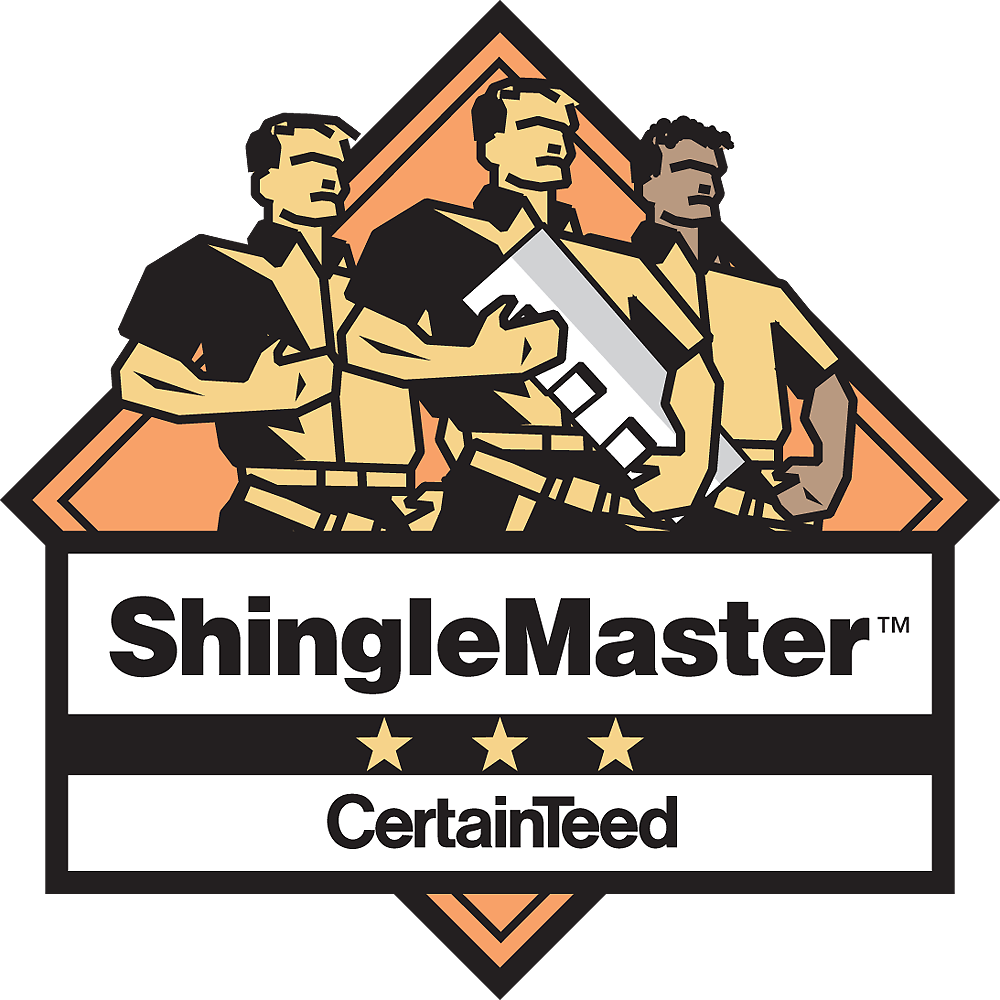New Concepts in Solar Energy
Solar power is headed everywhere these days, from the rooftop of your home to the sky above it, to orbital space above that, even stretching all the way into your local Ikea. Yet even if we use every available foot of rooftop for solar, it still can’t provide more 40% of our needs, while space-based rigs are expensive and far-out at least. Where are we going to put our solar farms? The African or Australian desert would be nice place to generate power, but that’s too far from the people who want to actually buy said power. However, most people in the world do live in a country that borders on a biggest, flattest plain of all: the ocean. Why not just use that?
One big reason that solar has to sit on big seas platforms — oceanic wind farms, in which single pillars support single turbines, are much more easily secured. A solar sea platforms needs to remain reasonably stable in its entirety and, worse, it’s not even allowed to get smashed to pieces by the waves. They need to be able to stand up to the unique problems associated with the surface of the ocean. If we’re going to actually build these things, then they also can’t be as expensive as deep sea oil rigs.
That’s where a new technology called Heliofloat could help. It’s designed to make ocean installations as sturdy as they need to be for far less weight and far less investment. The idea is that with an open design on the floatation devices (barrels) they can achieve better results for less overall weight. The barrels that support the platform are partially filled with air, but they’re also open on the bottom, meaning that not only have they shaved off much of the material weight, they allow water in to compress the air trapped in each barrel.
Upward pressure (a passive wave) will be partially absorbed by the cushion of air, where rigid barrels would get knocked around more violently. The Heliofloat “barrels” are actually enormous skirts holding air against the bottom of the rig. They’re also flexible, again allowing them to soak up some of the kinetic energy that would otherwise go to loosening welds and throwing panels all over the place. Each skirt is about 80 feet across!
According to Heliofloat, despite weighing just 5-50kg per square meter, it could hold a load of up to 100kg per square meter. If this works out, it could allow companies to build sea solar platforms both inexpensive enough and sturdy enough to allow real profit.
One nice thing about oceanic power generation is that you have a nice, easy candidate for pumped storage. That is, when you have a form of power generation that works on a schedule you don’t control (solar, wind, wave, hydroelectric, etc), you sometimes get less power than you need on a per-hour basis, and other times you get more. For solar, the night is a particularly stark weakness — but often, during the day, they’re generating more power than is needed. Storing the excess for later release during the night is an obvious answer, but difficult and expensive.
Sea-based solar farms could easily come with underwater tanks that get emptied with pumps when power is abundant, creating a stronger and stronger pressure differential with the ocean water outside. When power is needed, simply release the seals and let water rush in, turning turbines and generating power for you to use while your panels lie in darkness, or your turbines sit motionless, without wind. On land, we have to do with by pumping water up to an elevated reservoir and using the power of gravity; in the ocean, other solutions could end up being more affordable.
Solar farms may one day seem like an odd idea, if they become efficient enough to truly invade our cities and homes. Still, for now they could not only let us hit ambitious national renewable energy targets, but fund the development of better and more efficient panels as well.
Denver, Colorado

.png)



